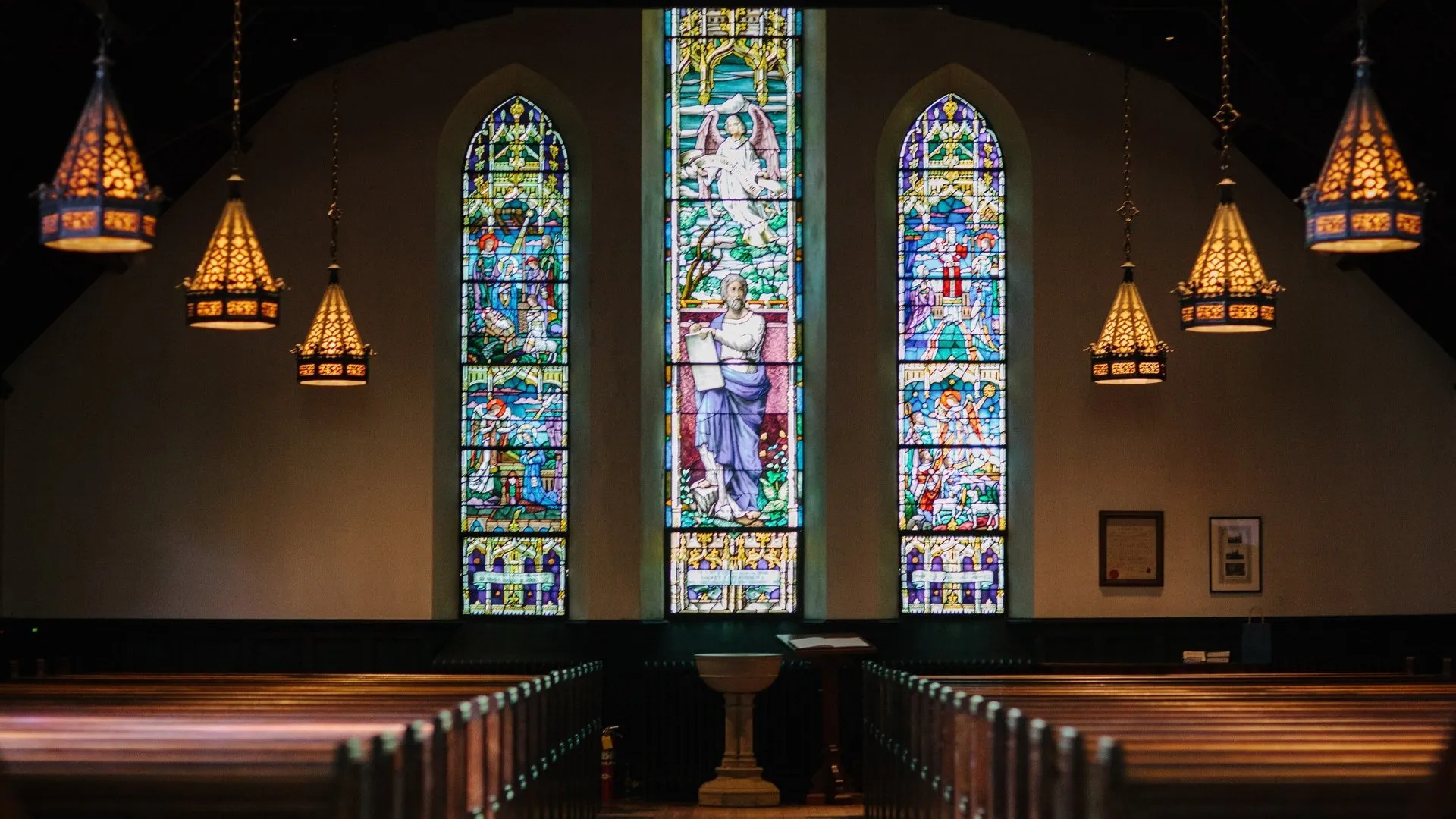Advocate Health Care Network v. Stapleton, 137 S.Ct. 1652 (2017)

What Constitutes a Non-Profit in a Court of Law and What Is Their Responsibility for Employee Benefits
Advocate Health Care Network v. Stapleton, 137 S.Ct. 1652 (2017)
A number of church-affiliated non-profit hospitals were sued by their employees claiming that the hospitals do not fall within ERISA’s church-plan exemption and that they must therefore comply with ERISA in administering their pension plans. Their argument was that the plans were not established by a church and that the ERISA church-plan exemption requires them to have been established by a church. The hospitals defended on the grounds that to qualify as church-plans they need not have been so established. The court held for the hospitals.
ERISA exempts “church plans.” § 1003(b)(2). Church plans were originally defined as plans established and maintained for its employees by a church or by a convention or association of churches exempt from tax under 501(c)(3) of the tax code. § 1003(33)(A). ERISA was amended in 1980 to broaden the definition of church plans. Under the new language, the term employee of a church was defined as including an employee of any organization exempt from tax as a corporation organized and operated exclusively for religious purposes under 501(c)(3) (not just a church or convention or association of churches), as long as they are controlled by or associated with a church. § 1002(33)(C)(ii)(II). The new language then provided that a plan established and maintained for its employees by a church includes a plan maintained by an organization the principle purpose or function of which is the administration or funding of a plan or program for the provision of retirement benefits or welfare benefits for the employees of a church (as defined above). §1002(33)(C)(i).
The plans at issue in this case were established by hospitals that qualify as church-affiliated nonprofits under § 1002(33)(C)(ii)(II)) and were maintained by them. But they were not established by them. They were established by the hospitals themselves. The Court thus had to interpret the following language from §1002(33)(C)(i): “A plan established and maintained for its employees…by a church…includes a plan maintained by an organization…the principle purpose or function of which is the administration or funding of a plan or program for the provision of retirement or welfare benefits, or both, for the employees of a church…” The question was, does it mean that a plan established and maintained for its employees by a church includes only plans that were established and maintained by the kind of organization described (defined by the court as a principle-purpose organization)? Or does it include plans that were not established by but are maintained by a principle-purpose organization?
The Court analyzed the language as follows: When Congress wrote that “A plan established and maintained by a church includes…”, the word tells the reader that a different type of plan should receive the same treatment, i.e. exemption from ERISA, as the type described in the old definition. And those newly favored plans are those “maintained by” a principle-purpose organization, irrespective of whether they were established by a church. The Court concluded that a plan maintained by a principle-purpose organization qualifies as a “church plan” regardless of who established it.
It is worth noting that the Court explicitly did not decide whether the defending hospitals had the needed “association” with a church under § 1002(33)(C)(iv) or, if they do, whether their internal benefits committees count as principle-purpose organizations. See n. 2, 3. Judge Sotomayor concurred but pointed out that the hospitals at issue operate for-profit subsidiaries, earn billions in revenue and compete in the secular market. She cautioned that the provisions governing which organizations qualify as principle purpose organizations permitted to maintain “church plans” need to be construed in line with their text and with a view toward affecting ERISA’s broad remedial purposes.
The Takeaway: Employee’s of “church-affiliated non-profit hospitals” sued their employer on the basis that the hospitals were not founded by a church or similarly regarding institution of worship. Which, as a result, allowed the entities to not administer employee benefits. Hospitals argued under the tax laws for non-profits, 501(c)(3), and should be treated as such in conjunction with ERISA. The court ruled that a plan maintained by a principle-purpose or non-profit, still gets treated as a “church plan” regardless of who in-fact established the entity or its current affiliation with any entities under 501(C)(3) Tax Law.
Calendar ALL LTD Deadlines
Eleven Ways to Assure the Success of a Disability Claim,…
Reviewing Your LTD Policy
Eleven Ways to Assure the Success of a Disability Claim,…
ERISA Insurers Acting Badly
Eleven Ways to Assure the Success of a Disability Claim,…

